Alsace 2015
Ribeauvillé
Known in the 8th century as Rathaldovilare, the town passed from the Bishops of Basel to the Lords of Rappoltstein, who were among the most famous nobles in Alsace. Ribeauvillé is in part surrounded by ancient walls, and has many picturesque medieval houses and two old churches, both fine Gothic buildings. It is probably our favorite city in the Alsace.

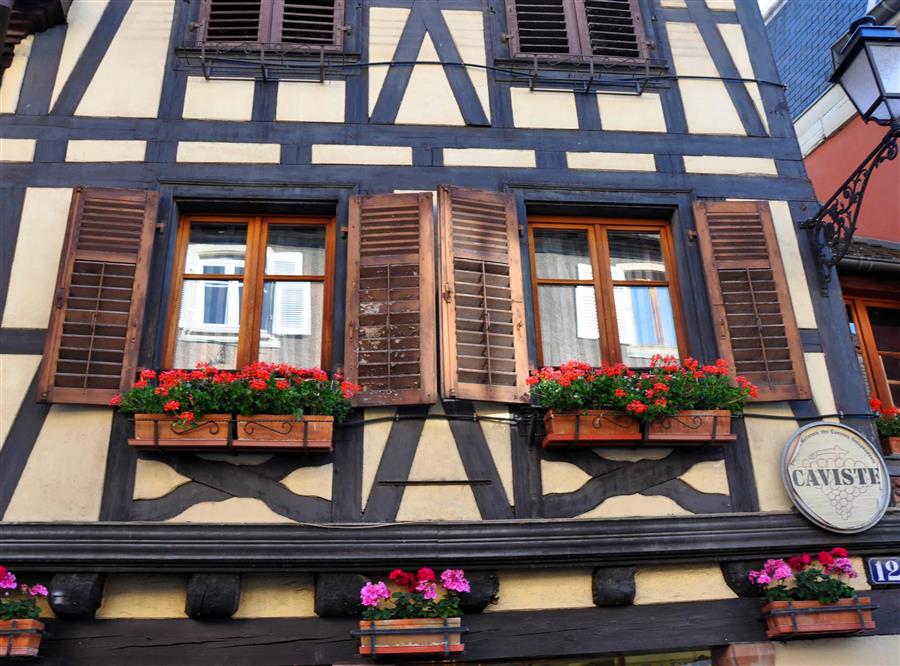





















Riquewihr
Riquewihr is a commune in the Haut-Rhin department in Alsace in north-eastern France.
A popular tourist attraction for its historical architecture, Riquewihr is also known for the great wines produced in the village. Riquewihr looks today more or less as it did in the 16th century.
It was our first visit in almost 30 years - still love the architecture.




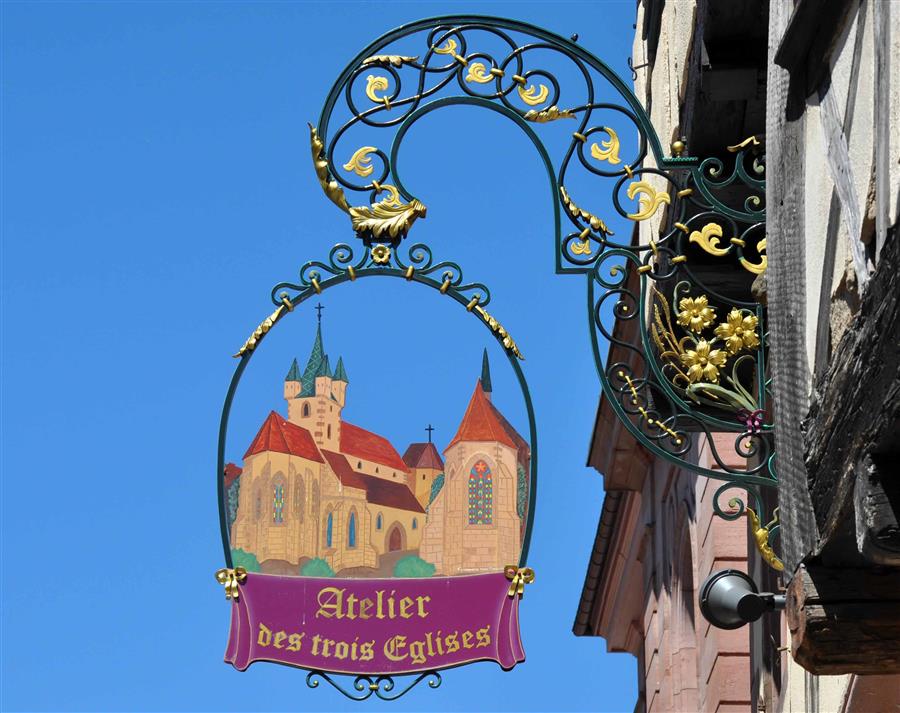


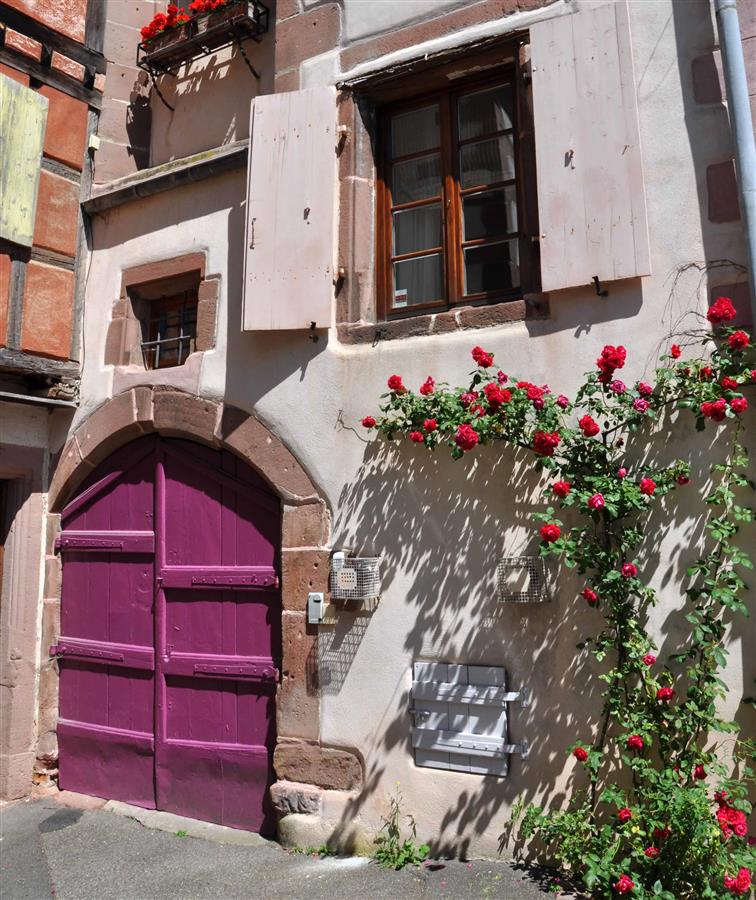
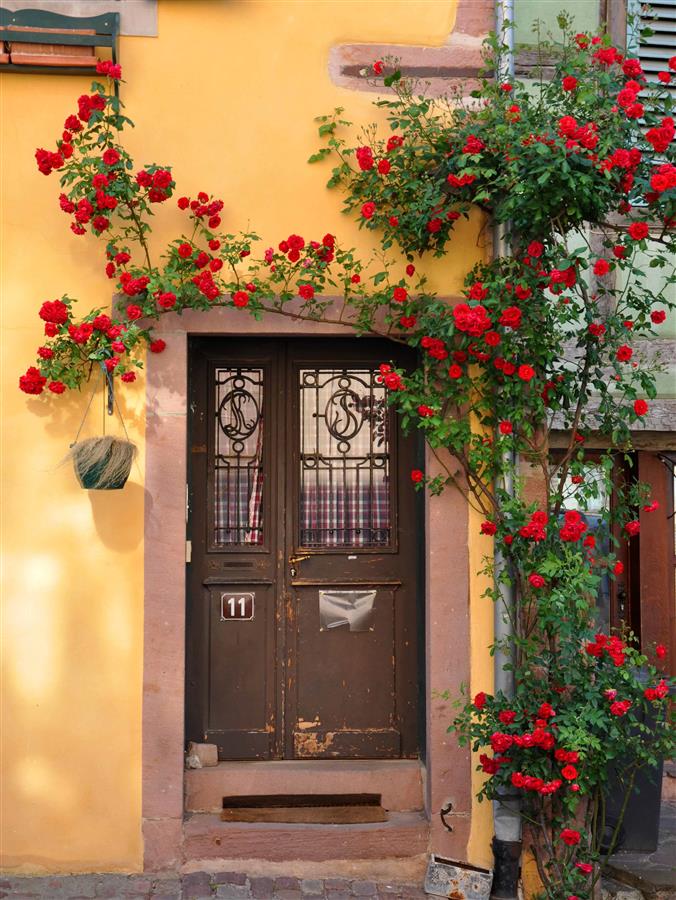

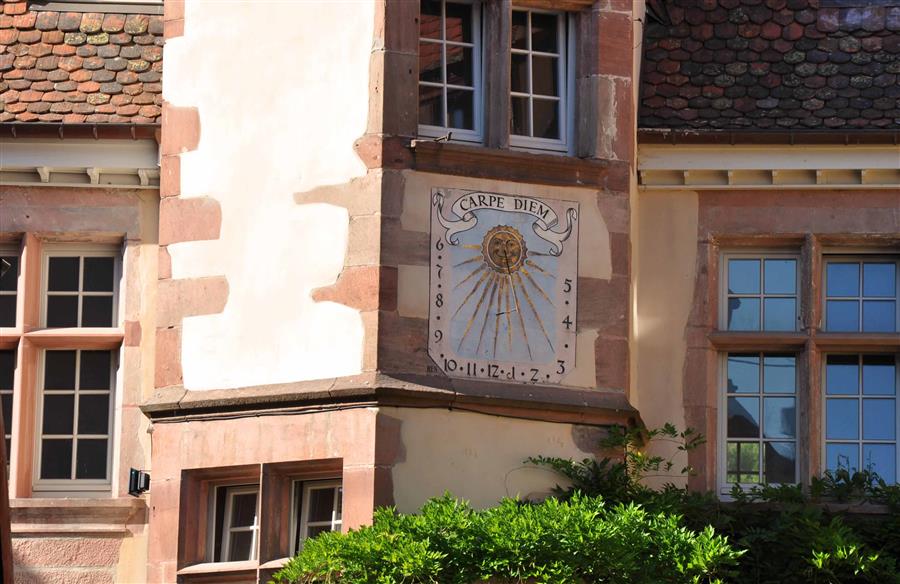
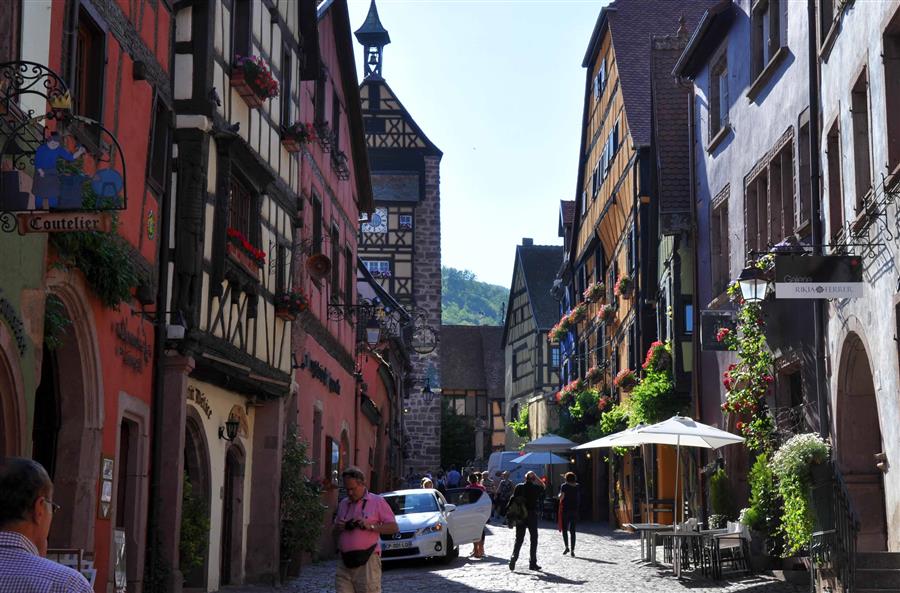
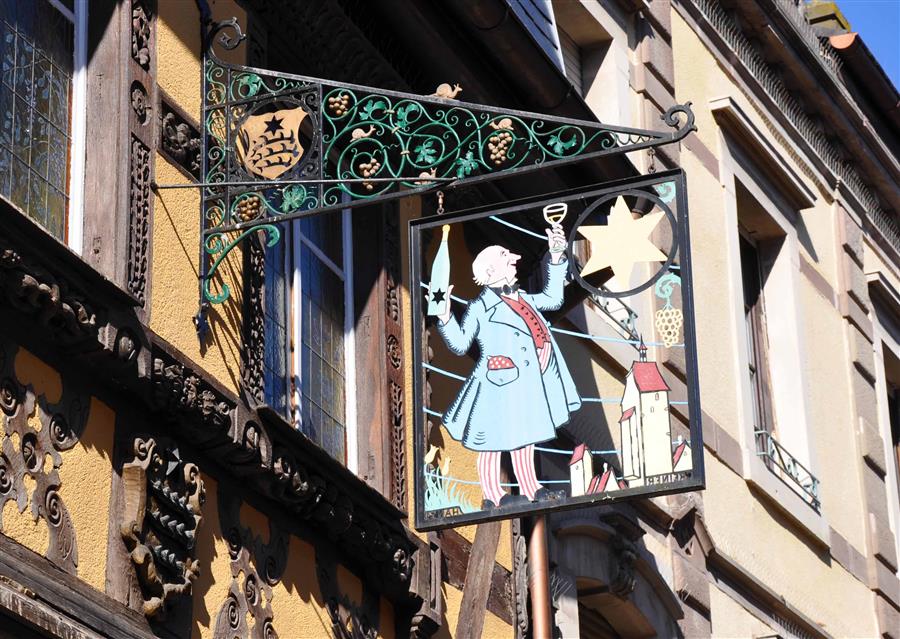
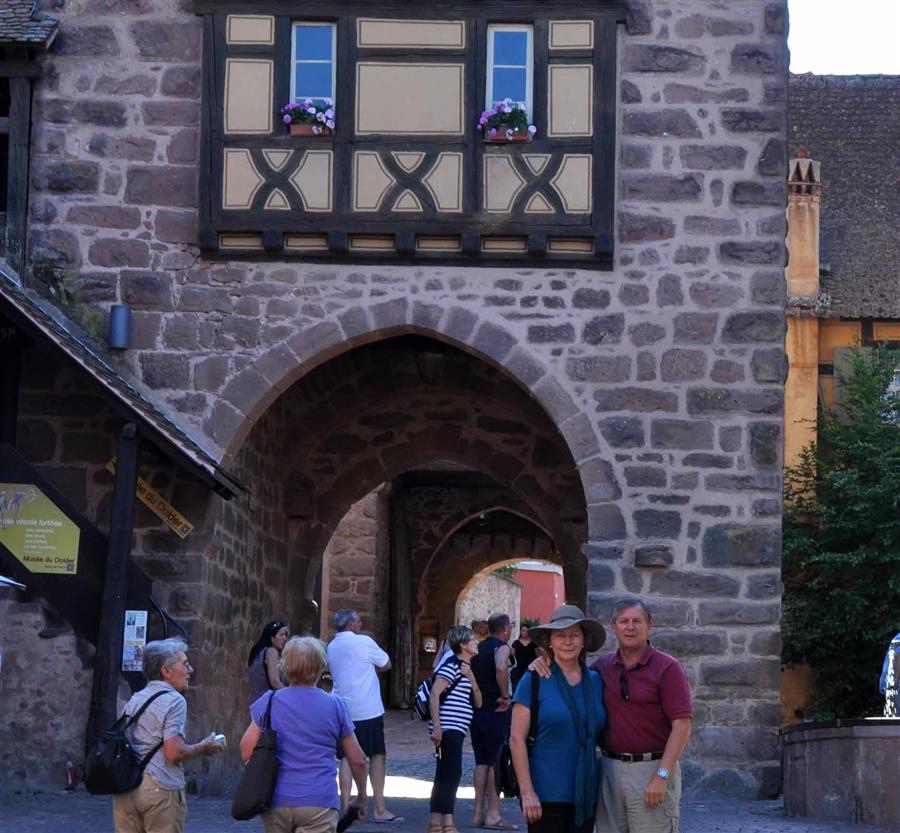

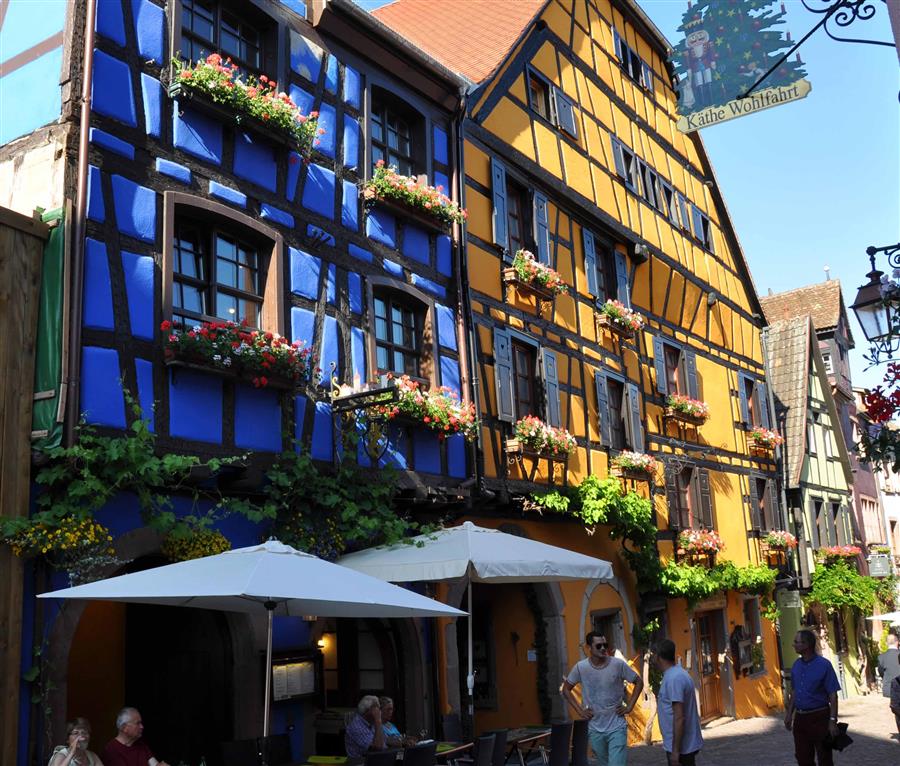
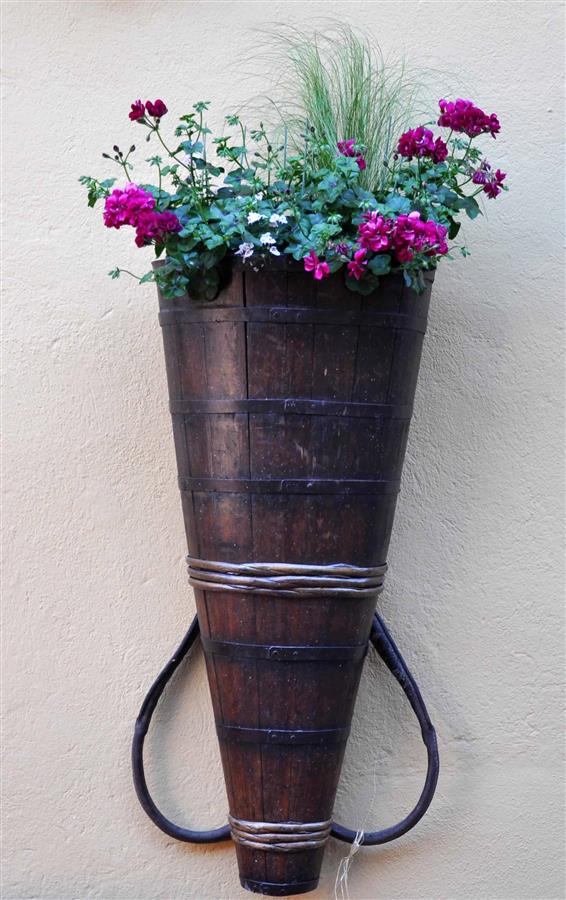
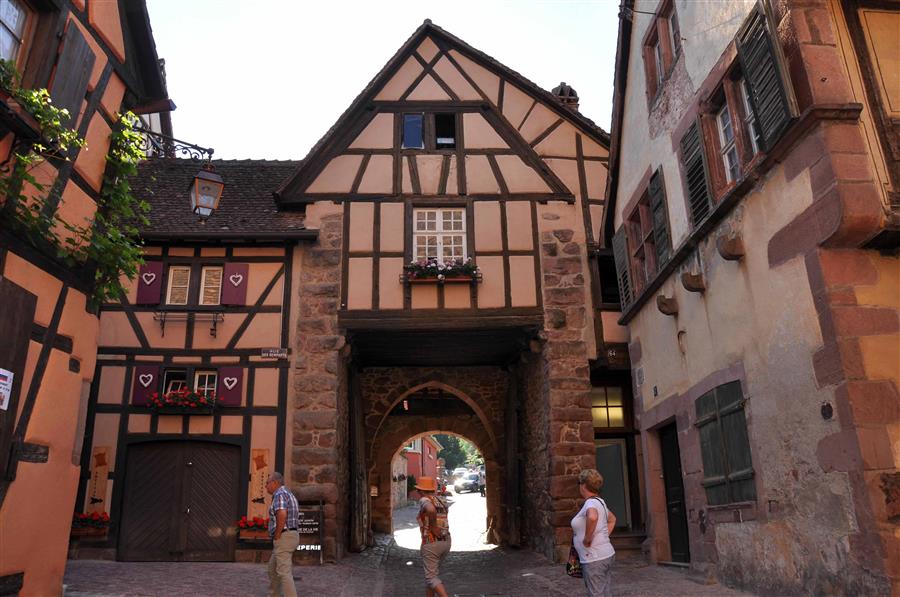


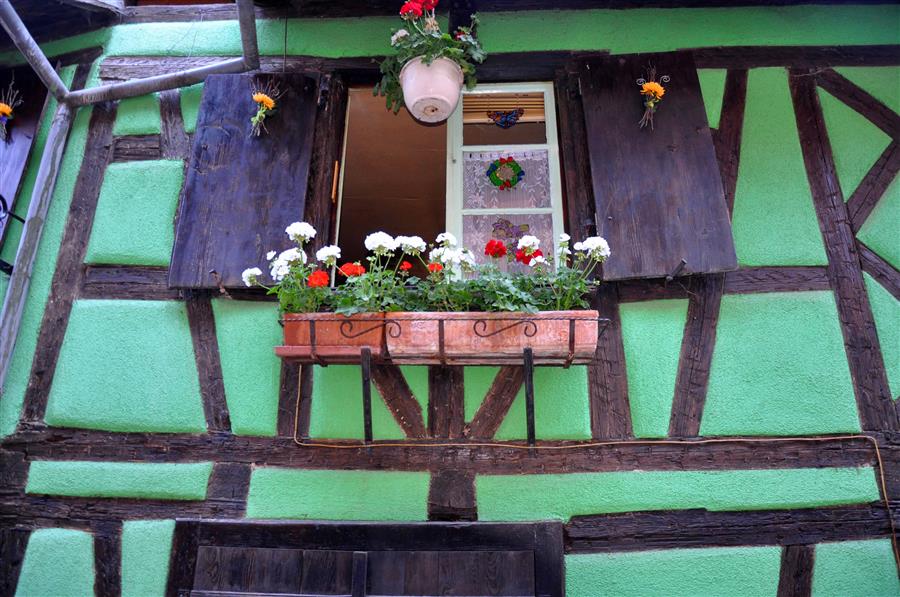











Bergheim
Bergheim is a commune in the Haut-Rhin department in Alsace in north-eastern France.
It is a completely fortified town and has magnificent towers and walls. The entire population was wiped out by two wars and the plague in the 17th and18th centuries. To replace the population, thousands of people from other countries were invited to immigrate to Bergheim. The majority of people who immigrated at that times were Swiss, German, Hungarian, Austrian, or Romanian.
The city runs on tourism and the grape vines that surround the city and the region.
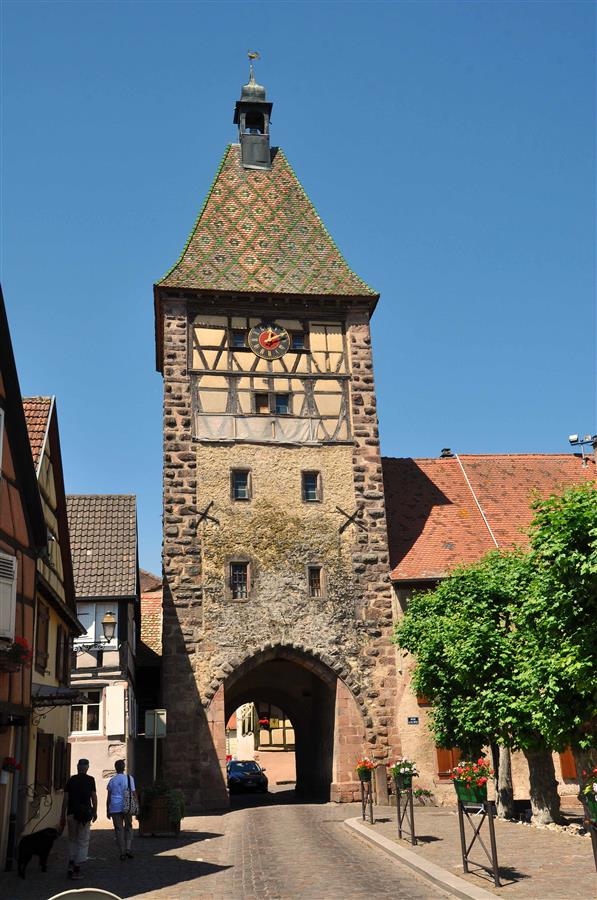
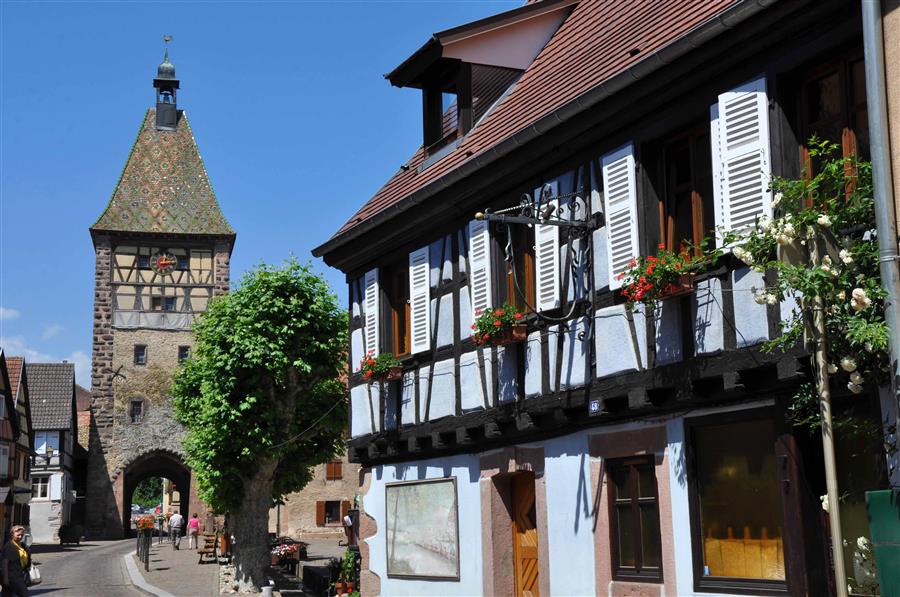

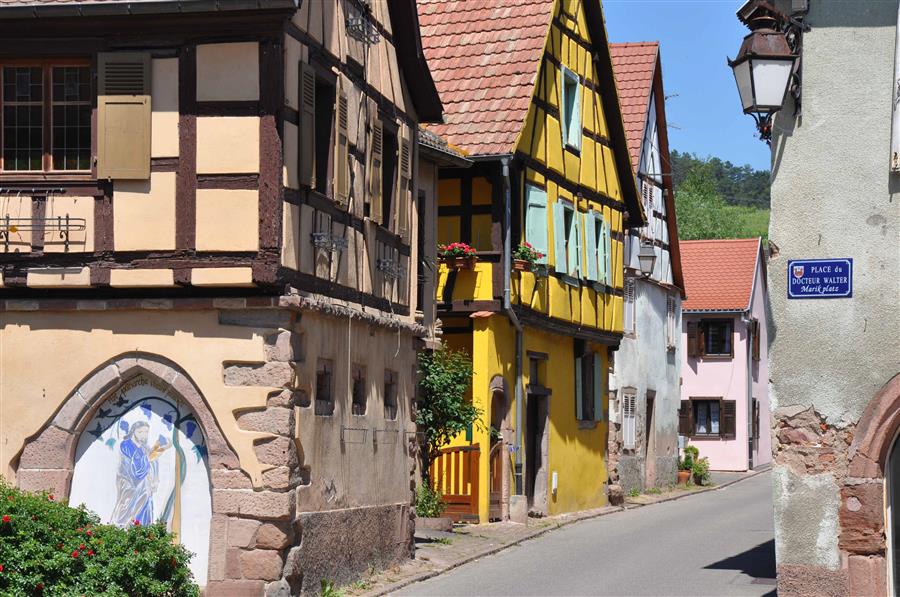
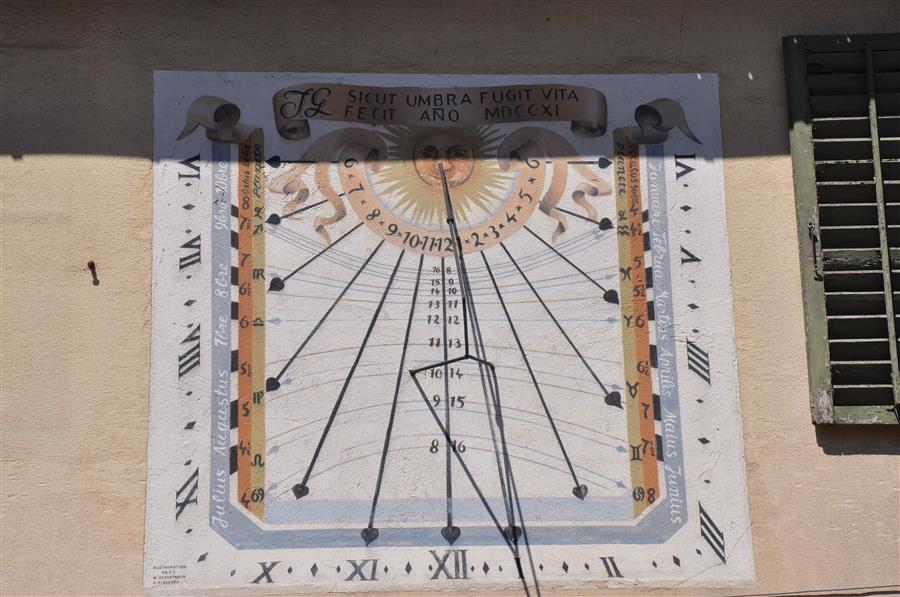
Kaysersberg
Like the rest of Alsace-Lorraine, Kaysersberg was part of Germany during the period between the Franco-Prussian War and the First World War.
Kaysersberg is one of the finest wine growing areas in Alsace. The first vines were brought here in the 16th century from Hungary, and wine production is still an important aspect of the town’s economy today. Wine produced from the pinot gris variety is a local specialty.




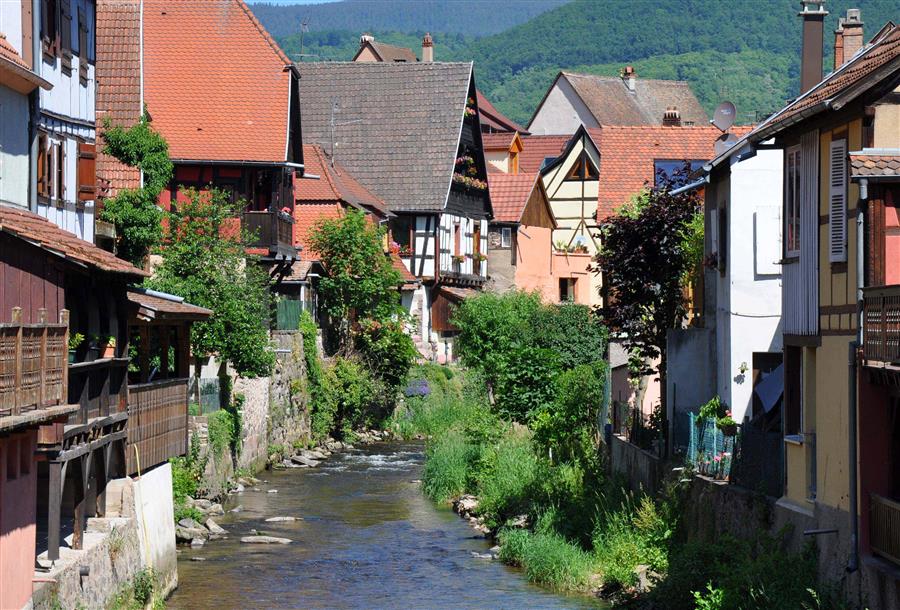


Ammerschwihr
Another of the picturesque small winemaking towns of the Alsace region of France.
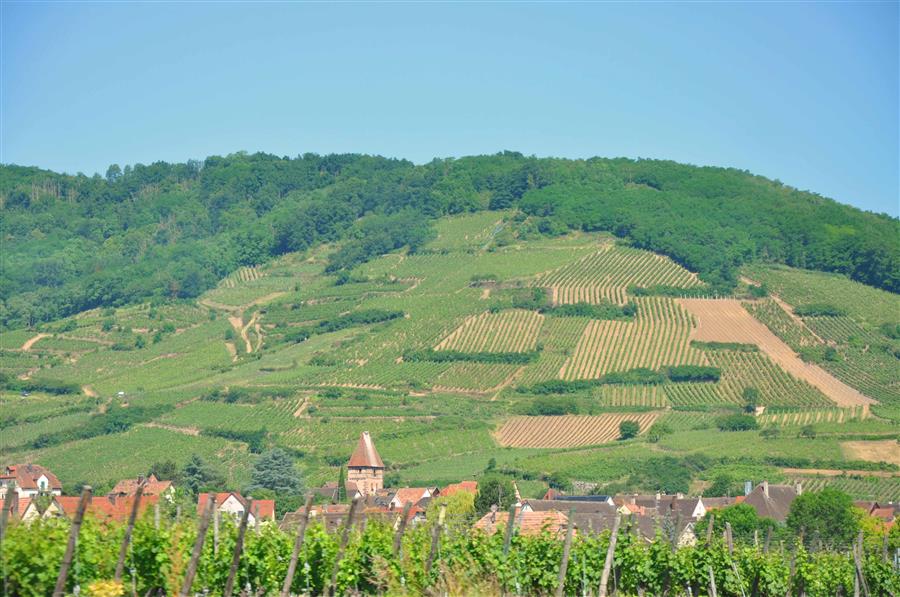

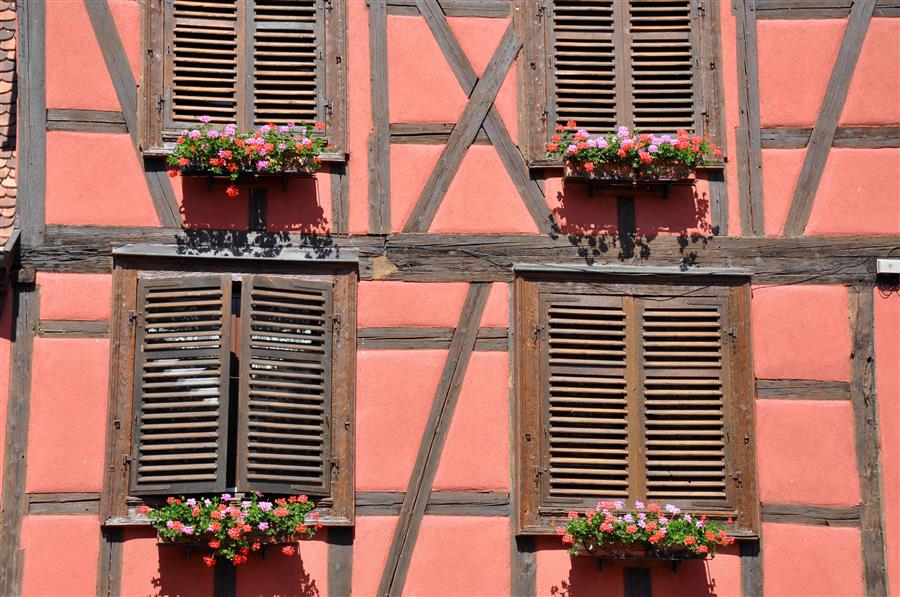



Château du Haut-Koenigsbourg
The Château du Haut-Kœnigsbourg is a medieval castle located at Orschwiller, Alsace, France, in the Vosges mountains just west of Sélestat. It is situated in a strategic location on a rocky spur overlooking the Upper Rhine Plain; as a result it was used by successive powers from the Middle Ages until the Thirty Years' War when it was abandoned.
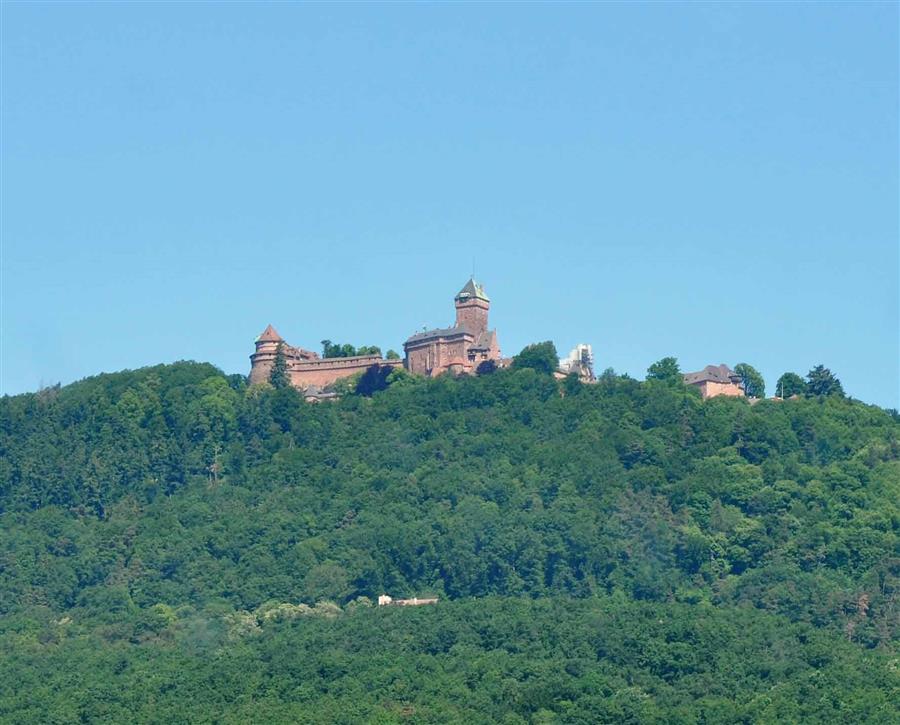


Storks


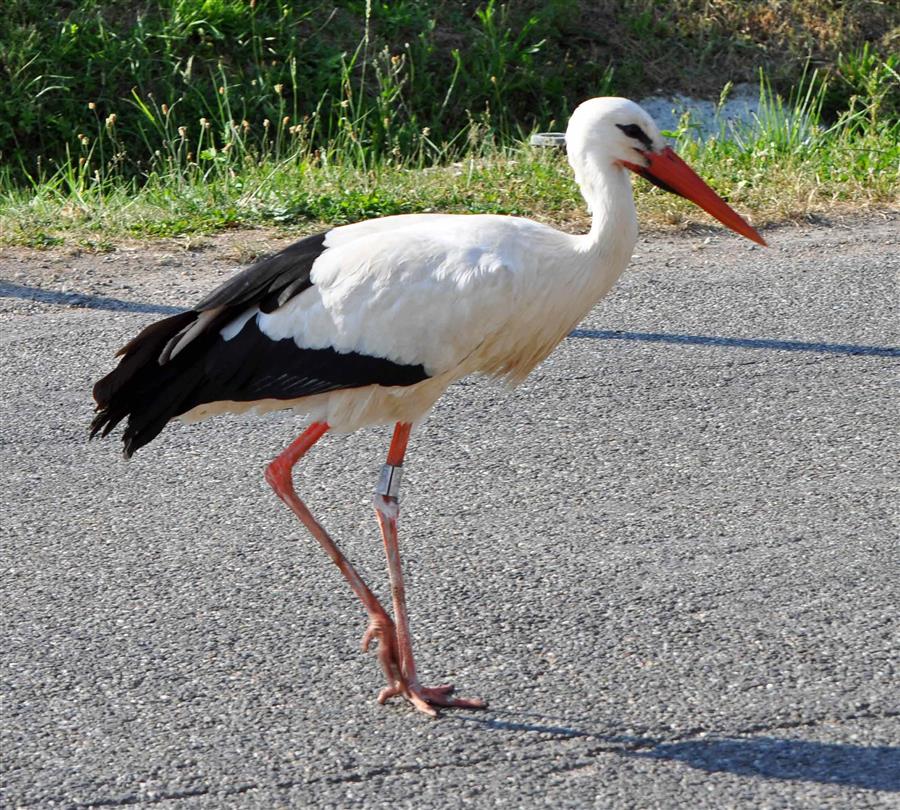

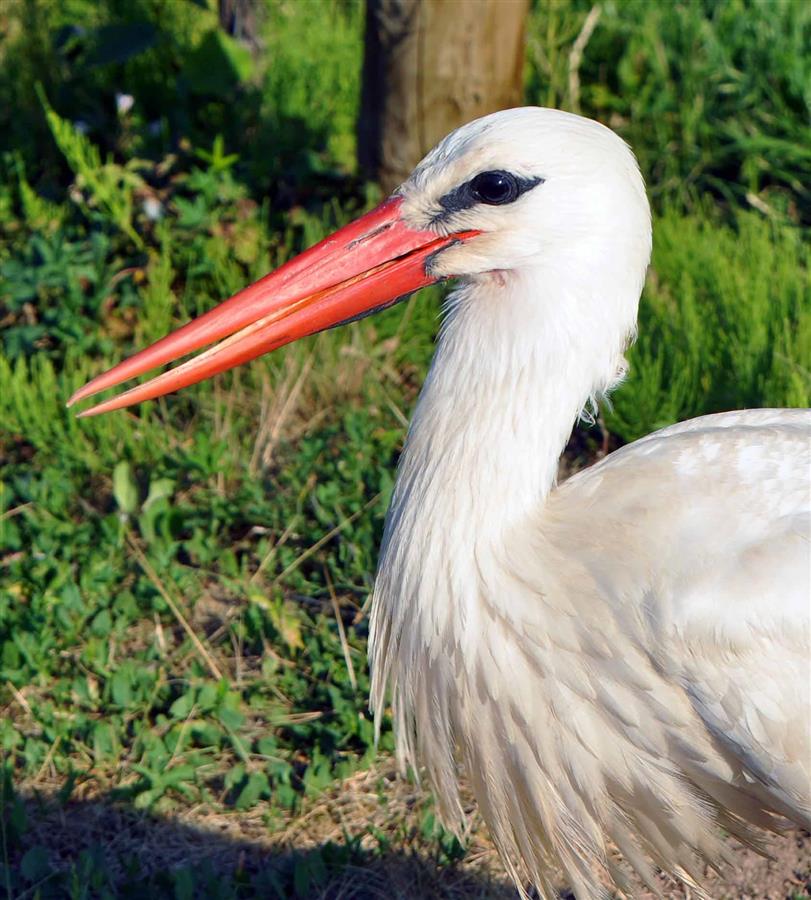

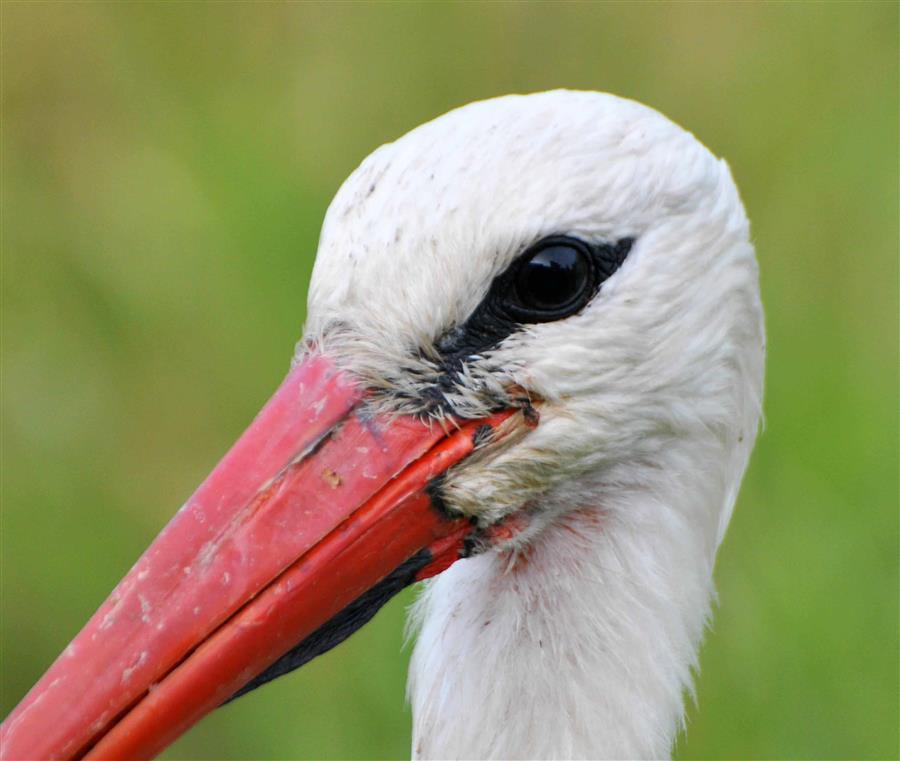
|